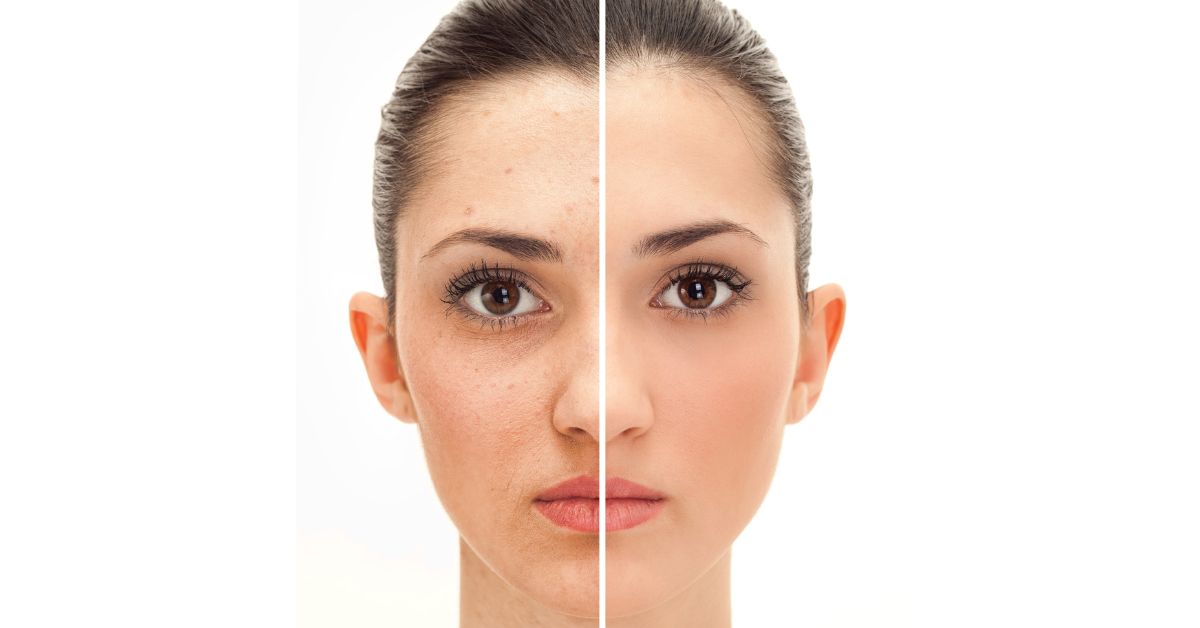In the world of photography and digital imaging, retouching plays a significant role in enhancing and perfecting images. But what exactly is retouching? In this article, we’ll explore the definition of retouching, popular retouching techniques, and why it’s essential in various industries.
What is Retouching?
Retouching refers to the process of altering or enhancing an image to improve its overall appearance. It involves various techniques aimed at correcting imperfections, enhancing features, and achieving the desired aesthetic quality. Retouching can be performed on both digital and traditional photographs, as well as digital artwork and graphics.
Common Retouching Techniques
- Skin Retouching: One of the most common uses of retouching is to enhance the appearance of skin in portraits. Techniques such as blemish removal, skin smoothing, and wrinkle reduction are used to create a flawless complexion while maintaining a natural look.
- Color Correction: Retouching is often used to adjust the color and tone of an image to achieve the desired look. This includes adjusting brightness, contrast, saturation, and white balance to ensure accurate and appealing colors.
- Background Removal: Retouching can involve removing or replacing backgrounds to isolate subjects or create a more cohesive composition. This technique is commonly used in product photography and portrait retouching.
- Object Removal: Unwanted objects or distractions in an image can be removed or obscured through retouching techniques such as cloning, healing, and content-aware fill.
- Detail Enhancement: Retouching can also be used to enhance fine details and textures in an image, such as sharpening edges, enhancing texture, and adding clarity.
Importance of Retouching
- Enhanced Visual Appeal: Retouching helps create visually stunning images that captivate viewers and leave a lasting impression.
- Professionalism: In industries such as fashion, advertising, and product photography, retouching is essential for maintaining a high level of professionalism and meeting client expectations.
- Correction of Imperfections: Retouching allows photographers and artists to correct imperfections and errors in their images, ensuring they meet the desired standards of quality and aesthetics.
- Creative Expression: Retouching offers artists and photographers a creative outlet to express their vision and enhance the mood, atmosphere, and storytelling elements of their images.
FAQs
Is retouching ethical?
The ethics of retouching depend on the context and purpose. While minor retouching for correction and enhancement purposes is generally accepted, excessive retouching that alters reality or promotes unrealistic standards can raise ethical concerns.
How can I learn retouching techniques?
There are many online tutorials, courses, and resources available for learning retouching techniques. Practice, experimentation, and studying the work of professionals are also essential for developing your skills.
How much retouching is too much?
The amount of retouching depends on the specific requirements of the project and the desired outcome. It’s essential to strike a balance between enhancing the image and maintaining a natural and realistic appearance.
Conclusion
Retouching is a versatile and essential aspect of image editing, allowing photographers and artists to enhance and perfect their images. By understanding the definition of retouching, common techniques, and its importance in various industries, you can appreciate its role in creating visually stunning and compelling images.
This page was last edited on 29 February 2024, at 2:22 pm
